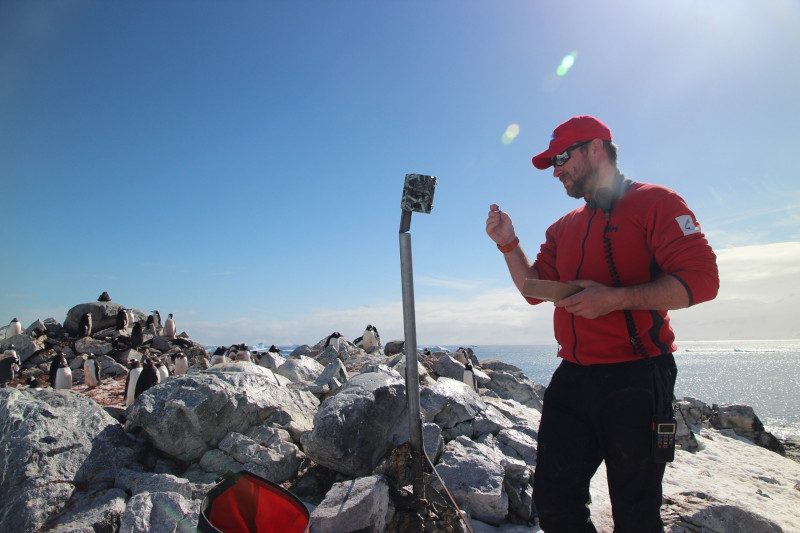Penguin Watch & You
Chinstrap penguin rookery, Antarctica (credit: Wikicommons)
Perhaps one of the most popular zoo exhibits that entertains both kids and adults alike is the penguin house. These waddling, ocean-diving, birds look like they came directly from a book illustrated by Dr. Seuss. Penguins inhabit the southern oceans and islands near Antarctica but they also range to Australia, New Zealand, South Africa, Peru, and Patagonia.

Penguin habitat range (credit: Defenders of Wildlife)
However, according to conservation organization PenguineWatch:
"Penguins are declining globally and the main suspects are climate change, reduced fisheries, disease, and environmental pollution. For penguin conservation and protection, it is important to understand how penguins are affected by these threats in order to mitigate them."
A collaborative conservation effort now involves multiple universities and non-profit organizations such as Oxford University, Louisiana State University, the British Antarctic Survey, and Woods Hole Oceanographic Institute. The goal of their investigations is to understand the extent of the threats to penguins wherever they are found. The results of their field monitoring and genetic analysis will provide better insight into how the birds populations are changing. The findings will also inform conservation policies and help to better educate people on the impacts climate change is having on wildlife. The Zoological Society of London, one of the institutional collaborators, produced a video to explain this larger wildlife conservation initiative.
A major role in the work are contributions made by citizen scientists who help the researchers and provide online identifications of penguin species. You can get started by using the latest findings and help the effort where every click of a correct ID counts. The Penguin Watch vision is explained here.

Penguin species identifications, Antarctic Region (credit: Penguin Watch)
You might find citizen science doing real research as much or more fun as watching penguins waddle in an enclosure at a zoo. WHB